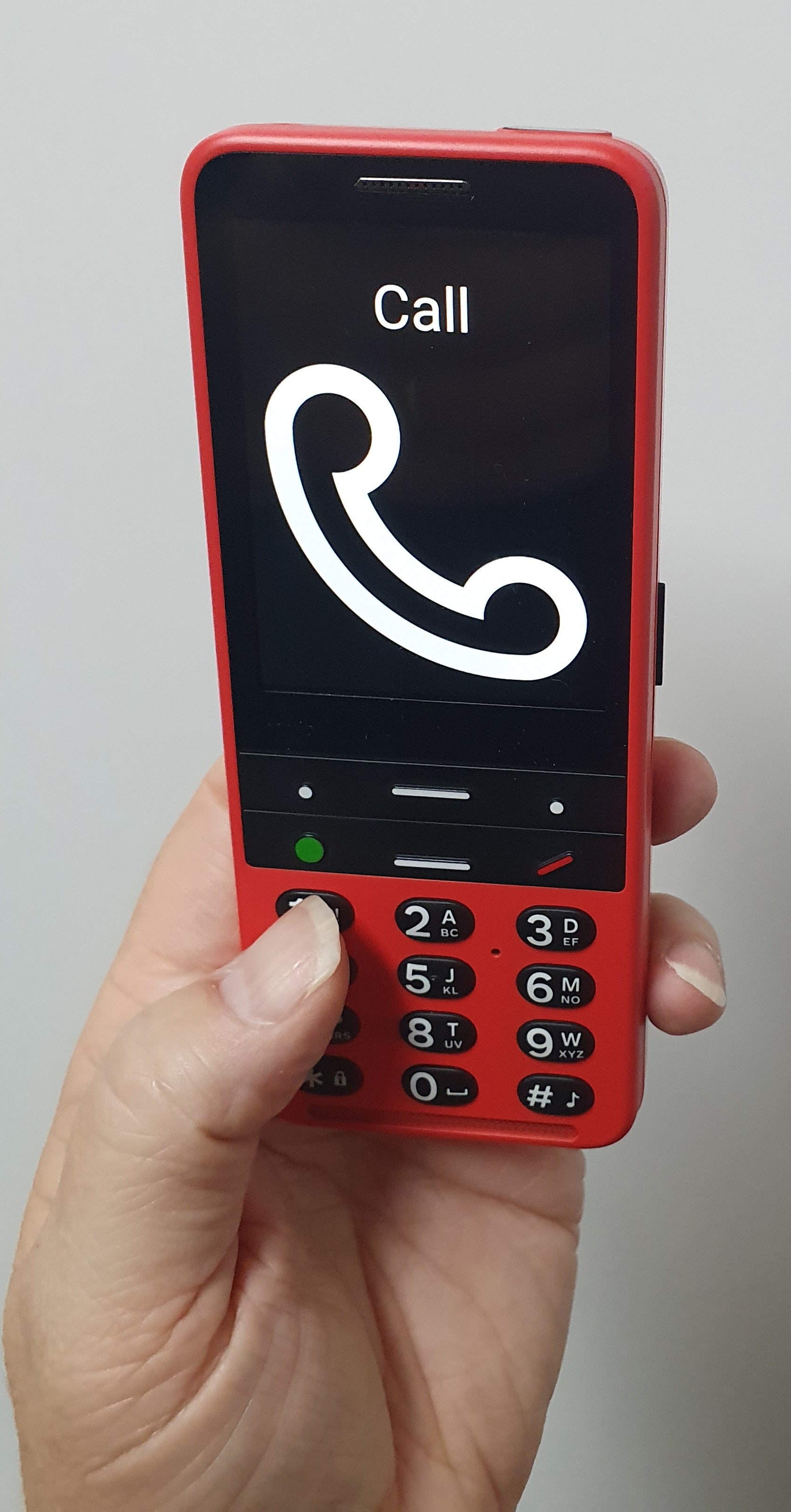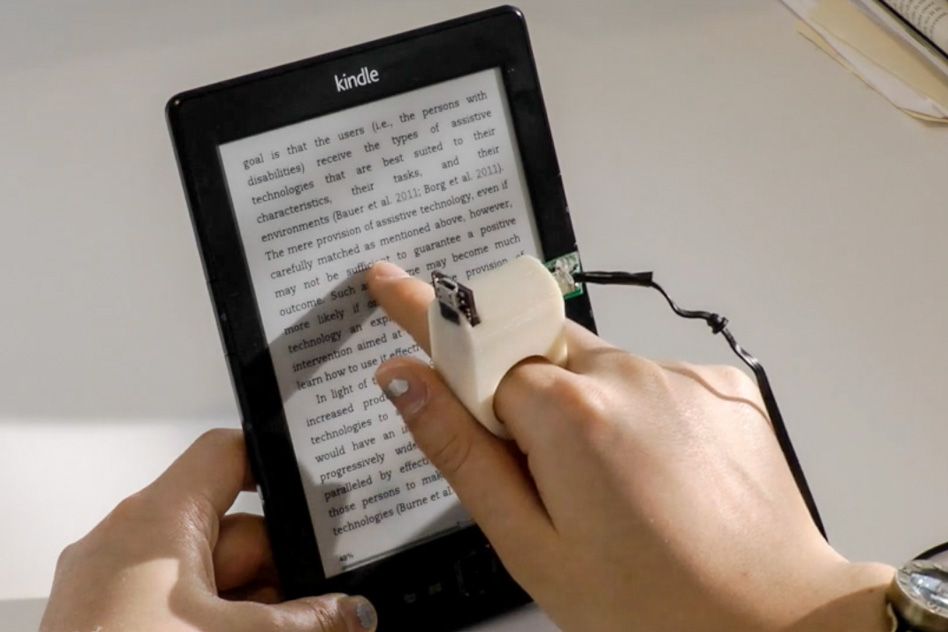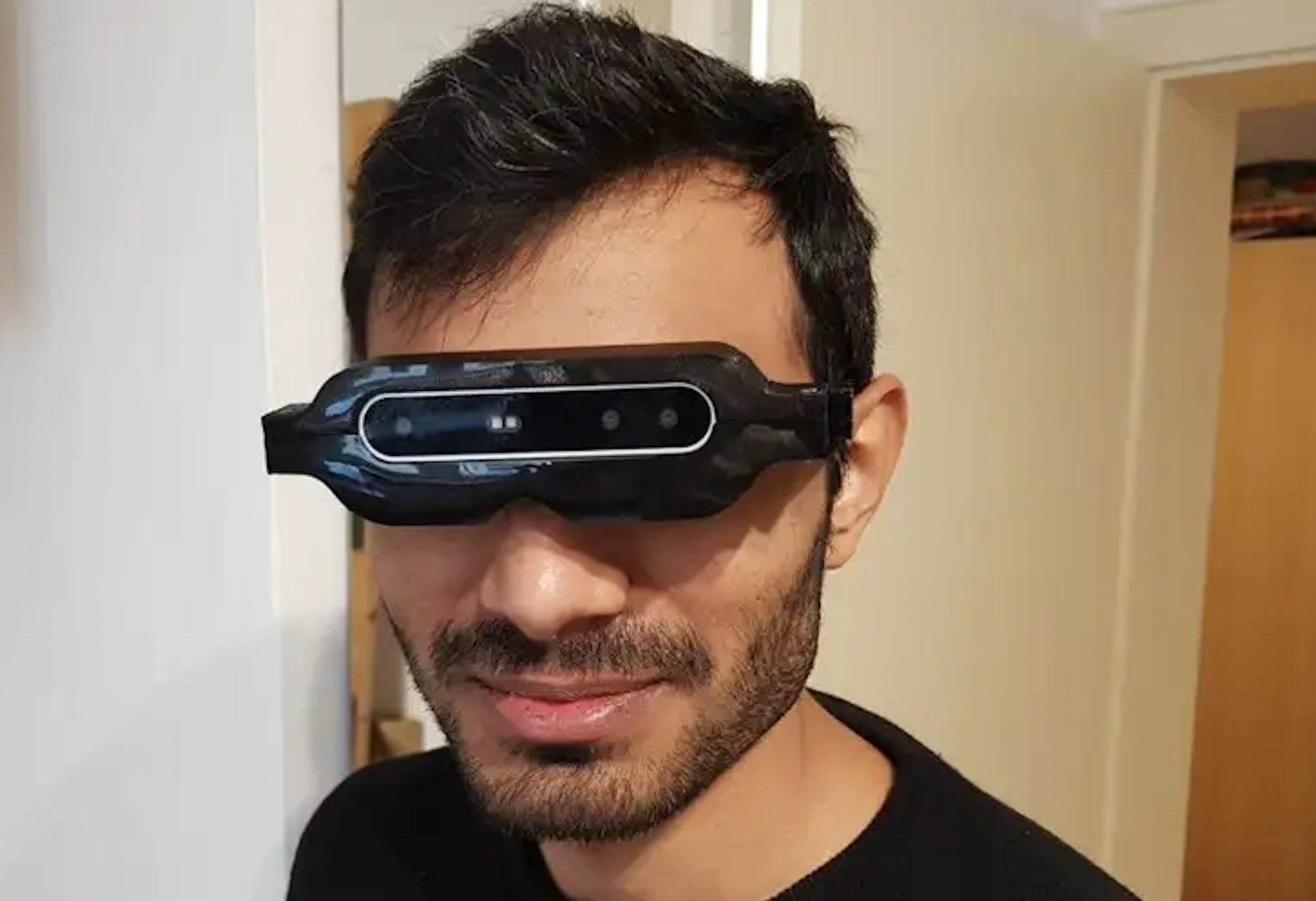AI-Powered Visual Aids: Revolutionizing Support for the Blind
AI-Powered Visual Aids: Revolutionizing Support for the Blind
Blog Article
Discover Innovative Devices Created for the Aesthetically Impaired
The advancement of cutting-edge devices for the visually damaged stands for a substantial improvement in ease of access and independence. Technologies such as smart glasses with AI capabilities and mobile applications designed to give acoustic summaries are reshaping day-to-day experiences for customers.
Smart Glasses for Navigating

Smart glasses made for navigating are changing the means aesthetically damaged individuals engage with their setting. These advanced gadgets make use of a mix of electronic camera technology, expert system, and acoustic responses to offer real-time info regarding surroundings. By using challenge discovery systems, smart glasses can notify individuals to possible hazards, making it possible for safer mobility in both strange and acquainted setups.
The integration of GPS modern technology further enhances navigation capabilities, allowing individuals to get acoustic instructions as they move. This hands-free technique not only fosters freedom yet also encourages aesthetically damaged people to navigate city landscapes with boosted confidence. Additionally, many wise glasses are outfitted with functions that recognize sites and road indications, supplying contextual information that enhances the individual experience.
Furthermore, the advancement of these tools is constantly advancing, with business working to improve the precision of item acknowledgment and expand the array of navigational features. As smart glasses become a lot more cost effective and easily accessible, they hold the prospective to considerably change every day life for aesthetically impaired users. Inevitably, these cutting-edge tools represent a crucial action toward inclusivity, offering enhanced mobility and a higher sense of freedom for people browsing the world around them.

Mobile Application for Daily Living
Exactly how can mobile applications boost the every day lives of aesthetically impaired people? Mobile applications are reinventing the method visually impaired users browse their settings, manage everyday tasks, and access details. These applications provide crucial support with different performances, fostering self-reliance and improving lifestyle.
A number of ingenious mobile apps are designed specifically for daily living. Apps like Be My Eyes attach aesthetically damaged individuals with sighted volunteers via video calls, permitting them to obtain real-time help with jobs such as reviewing tags or navigating strange areas. In A Similar Way, Seeing AI, developed by Microsoft, makes use of expert system to define environments, reviewed text, and identify things, properly transforming a smart device right into a powerful device for everyday support.
In addition, navigating applications customized for the visually impaired, such as Aira and BlindSquare, offer audio-based directions and ecological information, making it possible for users to traverse their surroundings safely and with confidence. Past navigating and immediate aid, mobile applications also sustain company and job management, with functions that aid users establish suggestions, create order of business, and track visits. In recap, mobile applications function as indispensable sources, empowering visually impaired people to lead even more independent and satisfying lives.
Wearable Technologies for Assistance
Empowerment through modern technology is increasingly evident in the realm of wearable tools developed to assist visually impaired individuals. These innovative tools integrate effortlessly into life, enhancing navigating and providing essential comments to individuals. As an example, wise glasses outfitted with cams can recognize faces and read message out loud, allowing individuals to interact even more confidently in social and specialist settings.
An additional remarkable innovation is the usage of haptic comments systems in wearable devices. These systems utilize vibrations or other responsive signals to convey info regarding the customer's setting, such as barriers or modifications in terrain, improving movement and safety and security. Wearable modern technologies also consist of wristbands that eye center attach to mobile phones, signaling customers to notifications via subtle resonances, hence enhancing connection without dependence on aesthetic cues.
As these innovations remain to develop, they are not just enhancing independence for aesthetically impaired people but additionally promoting a greater sense of inclusion in society. By linking the gap in between obstacles faced in everyday living and the capacity for autonomy, wearable modern technologies function as essential devices in the pursuit for equal rights and empowerment for those with visual disabilities.
Audio Description Tools
Sound summary devices play a crucial role in enhancing access for visually impaired individuals, providing them with the ability to involve with aesthetic media. AI-powered visual aids. These devices provide narrated descriptions of crucial visual elements in movies, tv programs, and live performances, guaranteeing that individuals can fully comprehend the context and feelings shared find out here through visuals
Sound description can be incorporated into various systems, including streaming solutions, cinema testings, and live cinema. Lots of popular streaming solutions currently include audio description as an access attribute, permitting visitors to pick it quickly. In addition to traditional media, specialized applications additionally exist, offering audio descriptions for art events, museums, and various other social occasions.
The performance of audio summary depends upon the skill of the storytellers, who have to convey aesthetic information succinctly without interfering with the original audio. Technologies in this area are additionally leading the method for more tailored experiences, where individuals can change the degree of information and pacing according to their choices.
Braille Innovations and Instruments
Braille innovations and gadgets have significantly transformed the way aesthetically damaged people communicate with text and information. Modern improvements have brought about the advancement of functional tools that boost literacy and freedom among users. Especially, Braille present modern technologies have actually progressed, permitting dynamic reading experiences. These gadgets convert electronic message right into Braille, allowing individuals to access a large selection of details on mobile phones, tablets, and computer systems.
Additionally, mobile Braille notetakers integrate traditional Braille input with modern-day functionalities, facilitating note-taking, organizing, and record modifying on the move. Screen readers for the blind. These compact devices frequently feature text-to-speech abilities, connecting the gap between Braille and auditory info
On top of that, cutting-edge Braille printers have actually emerged, enabling customers to create Braille labels, records, and academic products successfully. This glasses frames for women access cultivates greater engagement in specialist and educational environments, eventually advertising inclusivity.
Moreover, research study into wise Braille technologies continues to expand. Gadgets that incorporate artificial knowledge are being discovered to give real-time navigation help and contextual details, enhancing the individual experience in varied setups. Overall, these developments mirror a commitment to encouraging aesthetically damaged people through technology, guaranteeing they can easily accessibility and engage with the world around them.

Conclusion
The advancement of ingenious devices for the visually damaged substantially improves self-reliance and quality of life. These innovations not just foster better addition yet additionally promote autonomy in day-to-day activities, inevitably adding to a more obtainable and equitable society for visually damaged people.
As clever glasses become much more easily accessible and cost effective, they hold the prospective to significantly change everyday life for aesthetically impaired users. Mobile applications are transforming the way visually damaged customers browse their environments, handle everyday jobs, and accessibility information. Applications like Be My Eyes attach aesthetically damaged customers with sighted volunteers using video phone calls, allowing them to get real-time support with tasks such as reviewing tags or navigating unknown spaces.In addition, navigating apps customized for the aesthetically damaged, such as Aira and BlindSquare, provide audio-based directions and environmental information, allowing customers to traverse their environments securely and confidently.The development of ingenious devices for the visually impaired considerably improves independence and high quality of life.
Report this page